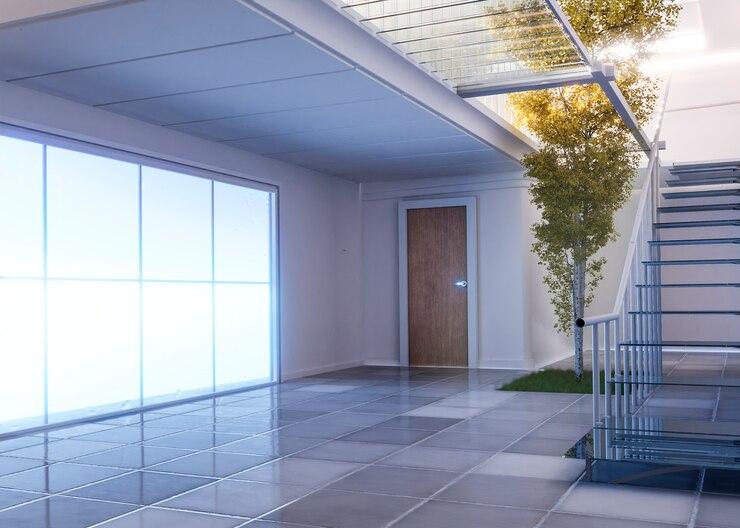



Table of Contents
- Introduction
- What is a Mezzanine Floor?
- Common Uses of Mezzanine Floors
- Benefits of Mezzanine Floors
- Considerations for Mezzanine Floors
- Conclusion
- Faq's
Introduction
A mezzanine floor is an intermediate floor in a building, typically situated between the ground floor and the first floor. Often found in commercial, industrial, and residential properties, mezzanine floors provide additional space without extending the building's footprint. This guide explores the meaning, uses, benefits, and considerations of mezzanine floors in real estate.
What is a Mezzanine Floor?
A mezzanine floor is a partial floor located between two main floors. It does not extend over the entire area of the building's floor space, creating a balcony effect. In real estate, mezzanine floors are used to maximize vertical space, especially in buildings with high ceilings. They can be permanent structures or temporary, depending on the purpose and design requirements.
Common Uses of Mezzanine Floors
Commercial Properties:
In retail spaces, mezzanine floors are often used for additional display areas, offices, or storage. They allow businesses to increase their usable space without needing to relocate or expand the building horizontally.
Industrial Buildings:
In warehouses and factories, mezzanines are used for storage, office space, or machinery housing. They are ideal for creating extra work areas without compromising ground-level operations.
Residential Properties:
Mezzanine floors in homes add character and functionality. They can be used as lofts, reading nooks, home offices, or additional sleeping areas. In apartments, mezzanines help maximize limited space, particularly in high-ceiling units. Mazzine floor
Mazzine floor
Benefits of Mezzanine Floors
Space Optimization:
Mezzanine floors make the most of vertical space, effectively doubling or even tripling usable area without needing to expand the building's footprint.
Cost-Efficiency:
Adding a mezzanine is often more cost-effective than expanding a building horizontally or constructing a new floor. It's a practical solution for growing businesses or homeowners seeking more space.
Versatility:
Mezzanines can be customized to suit various needs, whether for commercial, industrial, or residential purposes. They can be designed as open or enclosed spaces, depending on the intended use. Benefit of Mazzine Floor
Benefit of Mazzine Floor
Considerations for Mezzanine Floors
Building Regulations:
Before constructing a mezzanine, it's important to check local building codes and regulations. Some areas may have restrictions on the size or height of mezzanine floors, particularly concerning fire safety and structural integrity.
Structural Support:
The building must be able to support the additional load of a mezzanine floor. Consulting with a structural engineer is crucial to ensure the building's foundation and structure can handle the new floor.
Accessibility:
Consider how the mezzanine floor will be accessed. Stairs, ladders, or elevators may be necessary, depending on the intended use and user requirements.
Conclusion
Mezzanine floors are a versatile and efficient way to optimize space in various real estate settings. Whether for commercial, industrial, or residential use, they offer a practical solution for expanding usable area without significant structural changes. However, it's essential to consider building regulations, structural integrity, and accessibility when planning a mezzanine floor to ensure it meets both functional and legal requirements.
explore further
Latest from Encyclopedia
More from Interactions
Resources
Dwello, for every home buyer, is a way to go from 'I feel' to 'I know', at no extra cost.




